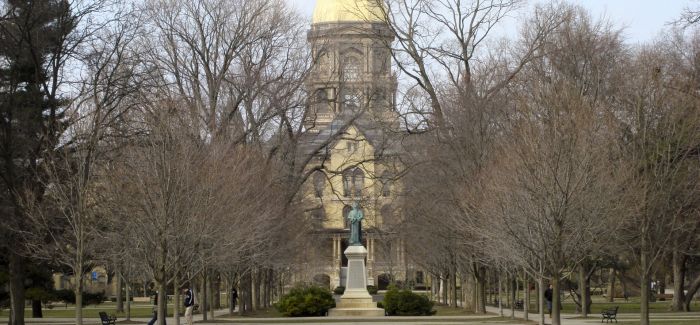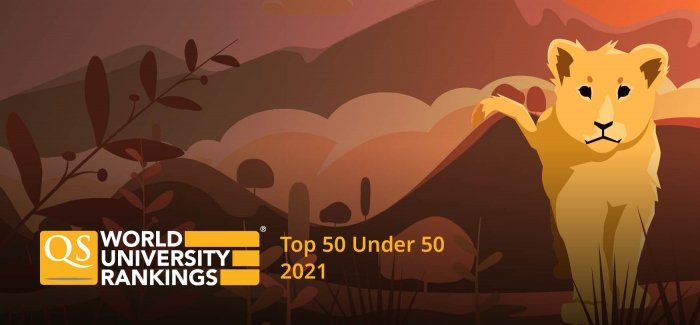Today’s release sees the Massachusetts Institute of Technology (MIT) retain the top spot in the QS World University Rankings® for the fourth year running, with Harvard University climbing two places to rank second, followed by the University of Cambridge and Stanford University in joint third.
This is the 12th edition of QS’s annual ranking of the world’s top universities, which uses six performance indicators to assess institutions’ global reputation, research impact, staffing levels and international complexion.
MIT first topped the table in 2012 and has remained there ever since, with the ranking having previously been headed by both Harvard and Cambridge.
While the Massachusetts-based tech school continues its reign in first place, the remainder of the top 10 has undergone a reshuffling, with some of these changes partly due to improvements to the way in which research citations are assessed this year.
Top 10 Universities in the WorldBased on the QS World University Rankings® 2015/16 | |||
| Ranking in 2015/16 | Ranking in 2014/15 | Country |
1 | 1 | US | |
2 | 4 | US | |
3= | 2= | UK | |
3= | 7 | US | |
5 | 8 | US | |
6 | 5= | UK | |
7 | 5= | UK | |
8 | 2= | UK | |
9 | 12 | Switzerland | |
10 | 11 | US | |
Switzerland’s ETH Zurich enters the top 10 for the first time this year, while fellow Swiss institute École Polytechnique Fédérale de Lausanne (EPFL) is not far behind, climbing three places to 14th. There’s also strong progress from Singapore’s two leaders, which are now just one place apart; the National University of Singapore (NUS) climbs 10 places to rank 12th, while Nanyang Technological University (NTU) rises 26 places to 13th.
A total of 82 countries are represented in the QS World University Rankings this year, with the largest shares claimed by the US (154), UK (71), Germany (43) and France (41). Japan has 38 entries, Australia 33, China 30, Canada and Italy 26 apiece, Brazil 22 and Russia 21.
After the US, UK, Switzerland and Singapore, the highest entry is claimed by Australia, with the Australian National University (ANU) in joint 19th. France makes its first appearance with the École Normale Supérieure (ENS Paris) in 23rd place, followed by Canada’s McGill University in 24th. China’s top entrant, Tsinghua University, climbs 22 places to rank 25th, while the Hong Kong University of Science and Technology (HKUST) gains 12 positions to reach 28th.
This year’s release sees refinements introduced to the ranking methodology, aiming to improve the way in which research citations are assessed. A normalized total citation count has been introduced to the research citations indicator, to reflect differing citation rate norms in different faculty areas. You can find out about these changes and their impact here.
The overall results are accompanied by the QS World University Rankings by Faculty, which highlight the world’s top universities in five individual faculty areas: arts and humanities, engineering and technology, life sciences and medicine, natural sciences, and social sciences and management.
For commentary and analysis on this year's results, the digital supplement is available to read online. The full results can also be explored by downloading the free app (available for iPhone, iPad and iPod touch and also for Android.) And you can join the conversation on Twitter and Facebook with #QSWUR.












